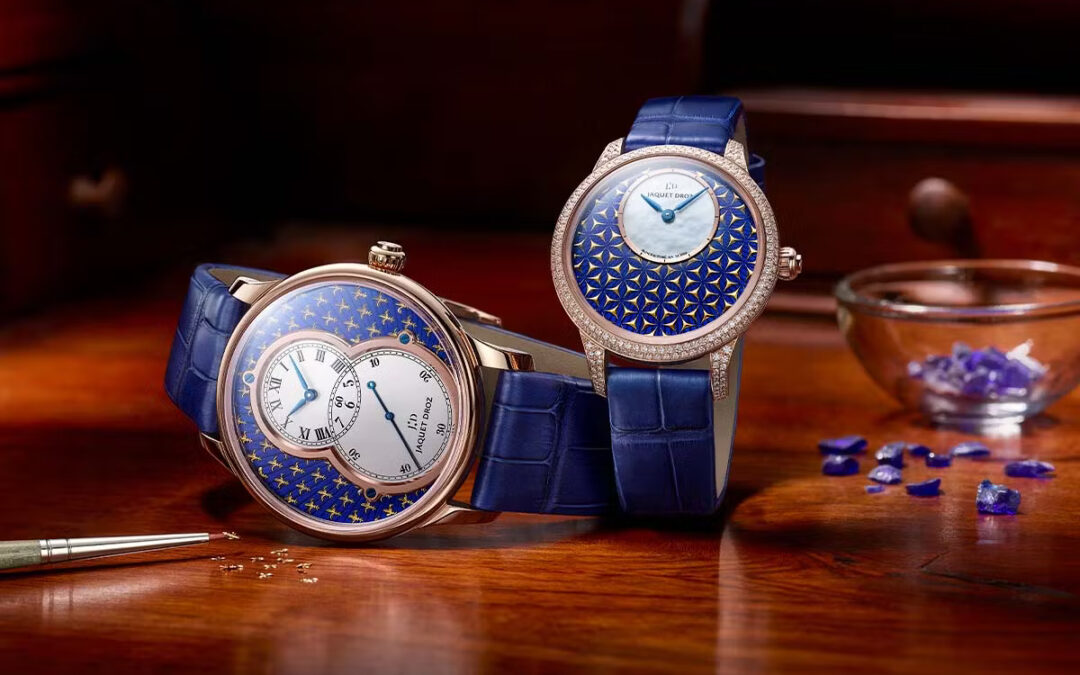Enamel dials have been a hallmark of fine watchmaking for centuries. The meticulous artistry involved in creating these exquisite dials is a testament to the dedication and skill of craftsmen.
In this article, we will explore the world of enamel dials, their historical significance, and the intricate process behind their creation.
From the delicate application of enamel to the intricate firing and finishing techniques, we will uncover the secrets that make enamel dials a true masterpiece in the world of horology.
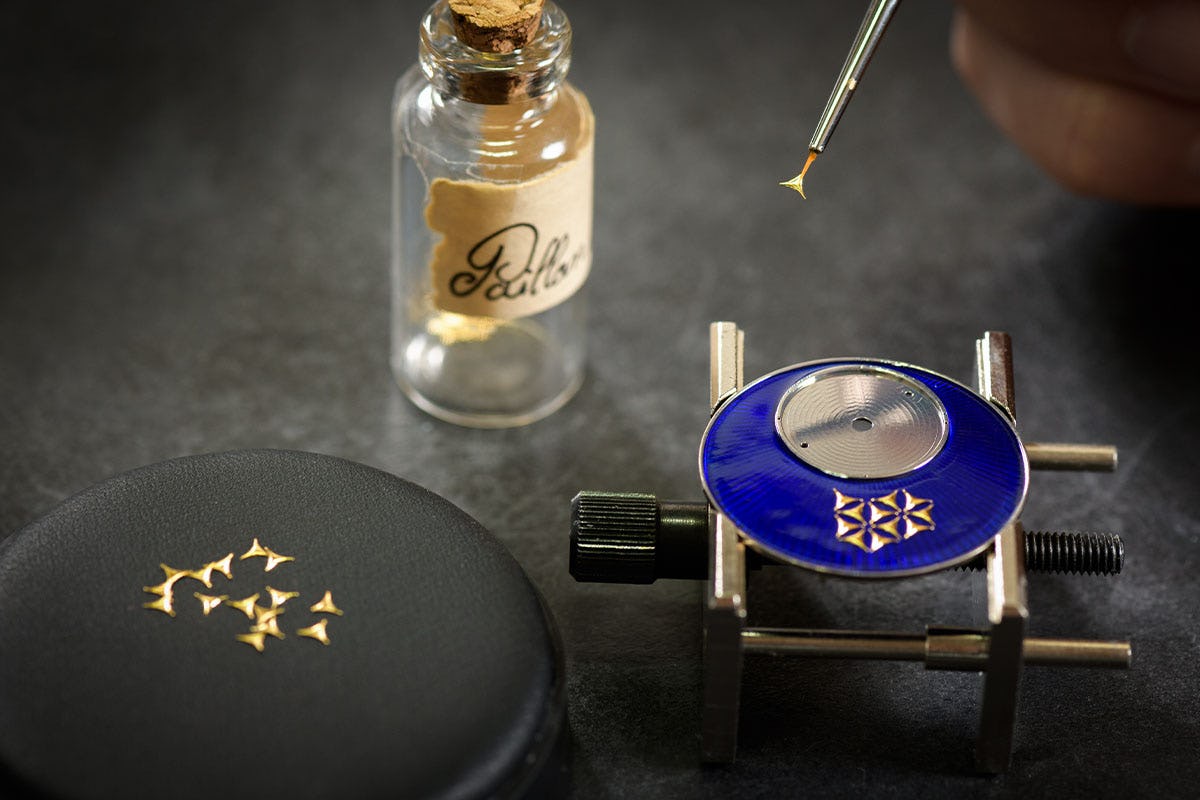
A Glimpse into History
The history of enamel dials can be traced back to ancient civilizations, where enamel was used to decorate various objects, including jewelry and pottery. However, it was during the Renaissance period that the technique of enameling found its way onto watch dials.
The delicate and vibrant colors of enamel offered a captivating alternative to traditional metal dials. The art of enamel soon gained popularity among watchmakers, and it became a symbol of luxury and prestige.
The Enamel Dial Creation Process
The creation of an enamel dial is a laborious and intricate process that requires a high level of craftsmanship. It begins with a metal base, usually made of gold or silver, which is meticulously prepared to achieve a smooth surface free from imperfections.
Next, a thin layer of enamel paste, made from powdered glass and pigments, is applied to the dial. This is followed by a series of careful firings in a kiln, where the enamel is heated to high temperatures, causing it to melt and fuse onto the metal.
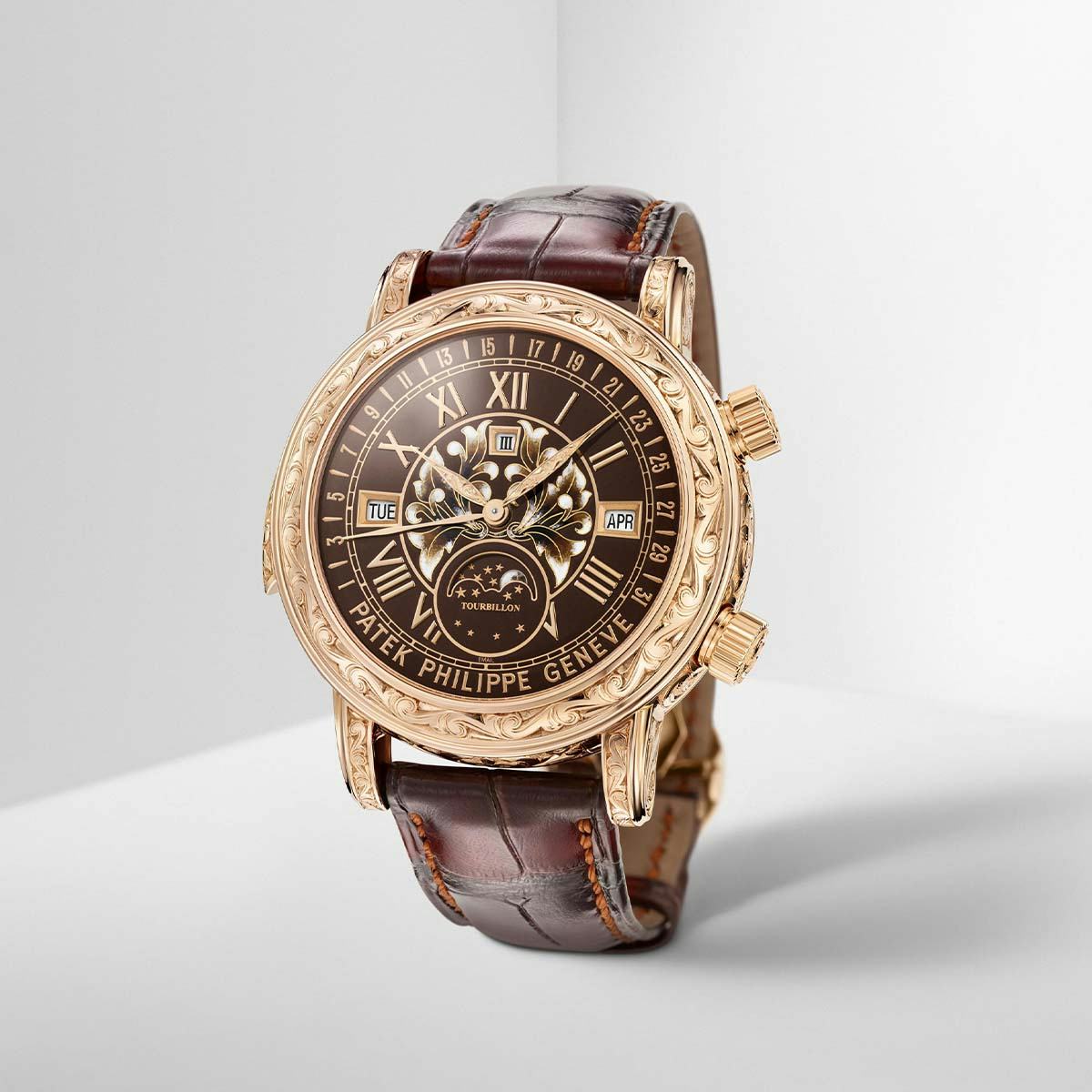
The firing process is a delicate balance of temperature and timing, as even a slight variation can result in bubbles, cracks, or discoloration.
The craftsman must monitor the dial closely and have a deep understanding of the enamel’s behavior during firing. Multiple layers of enamel are often applied to achieve the desired depth and vibrancy of color, with each layer requiring careful firing and cooling. The process can take several days or even weeks to complete.
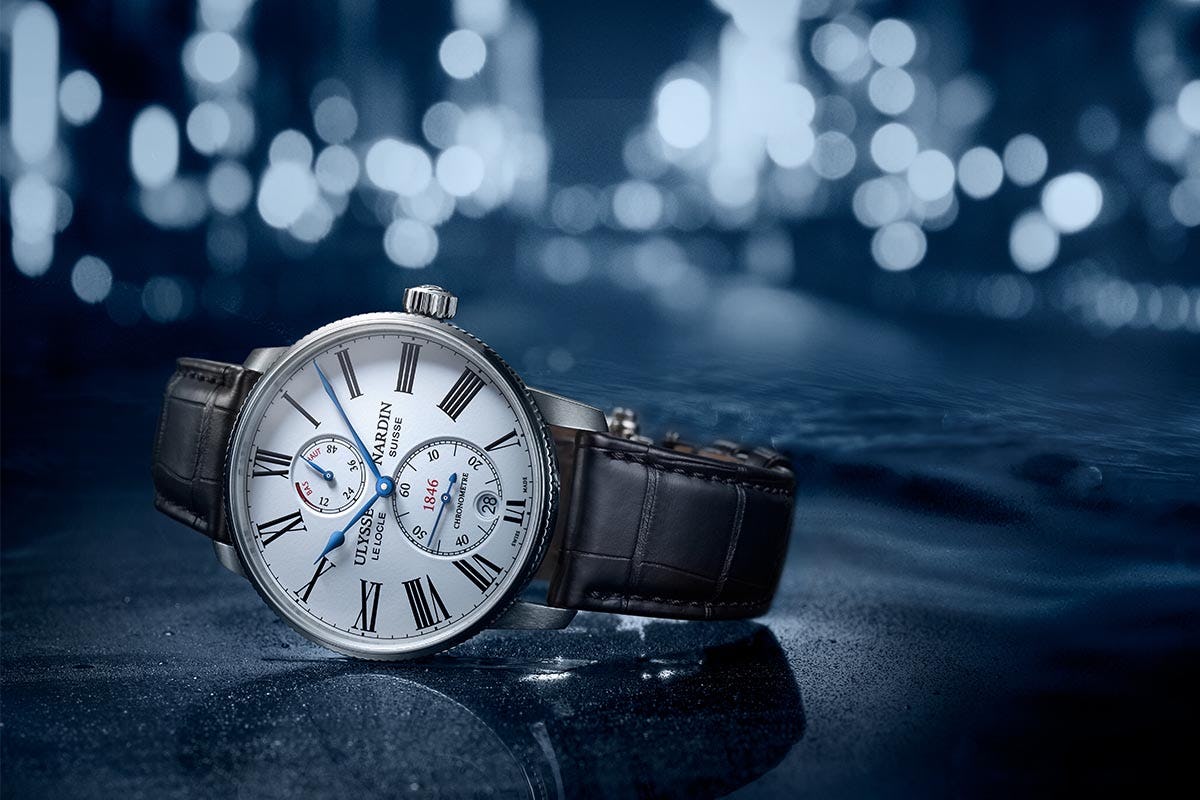
Techniques and Styles
Enamel dials offer a wide range of techniques and styles, each requiring specialized expertise. One of the most revered techniques is cloisonné, which involves creating compartments on the dial using thin wires, often made of gold or silver.
These compartments are then filled with different colors of enamel, creating intricate and detailed designs. Cloisonné dials often depict motifs such as animals, flowers, or landscapes, showcasing the exceptional skill of the craftsman.
Another technique, known as champlevé, involves carving recessed areas on the dial and filling them with enamel. This technique allows for bold and vibrant designs, as well as the possibility of incorporating decorative elements such as gemstones or precious metals. Champlevé dials are known for their striking appearance and the ability to create visually stunning patterns and textures.
Guerin enamel, a technique developed by the renowned craftsman Jean-Baptiste Victor Guérin, involves using a translucent enamel to create a radiant effect on the dial, allowing the underlying metal to shine through. This technique creates a unique depth and luminosity in the dial, making it highly sought after by collectors.
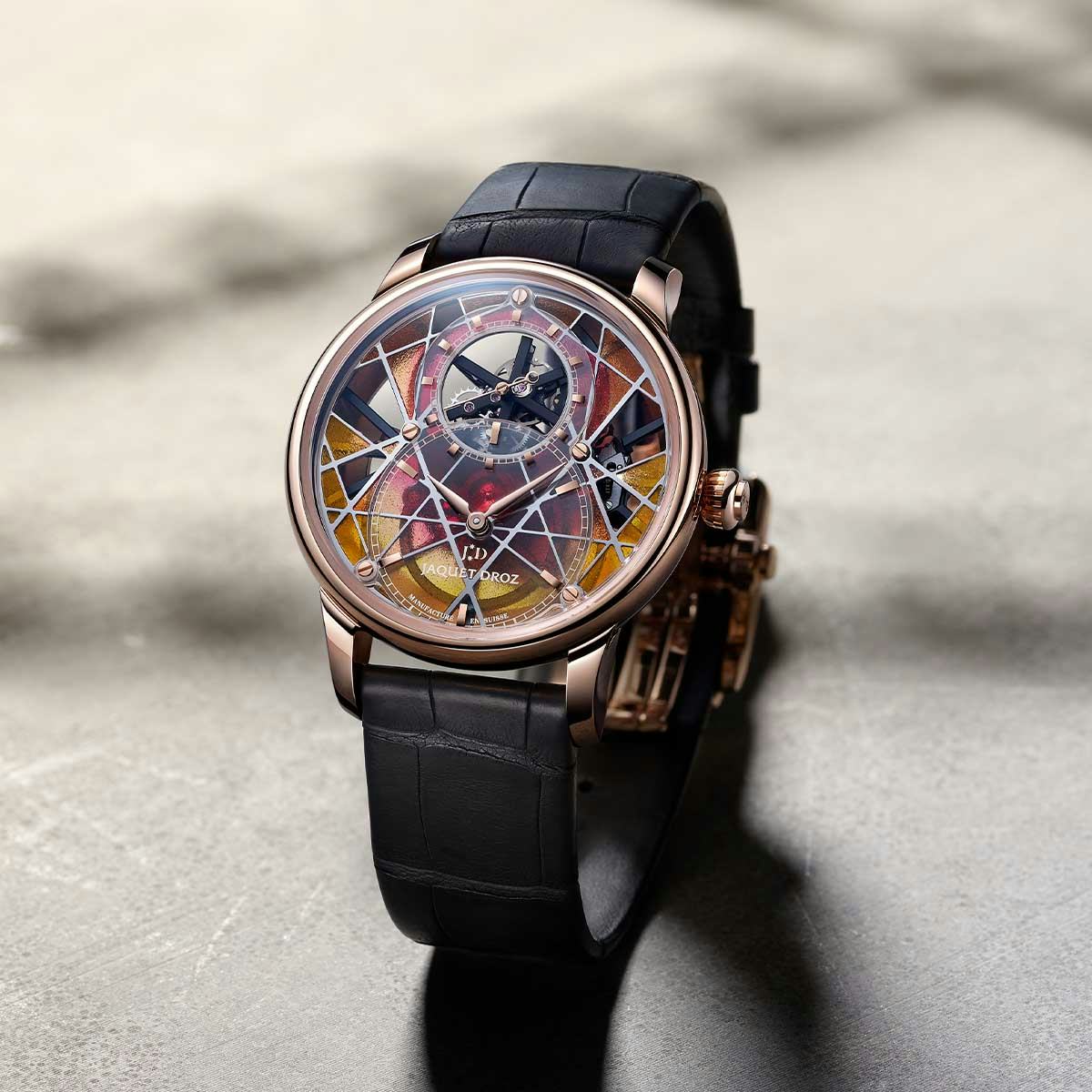
The Enduring Appeal
Enamel dials continue to captivate watch enthusiasts and collectors around the world due to their timeless beauty and exceptional craftsmanship. The richness and vibrancy of the colors, along with the depth and texture achieved through enamel, create a sense of luxury and elegance.
Enamel dials also possess a durability that ensures their longevity, making them heirloom-worthy timepieces that can be passed down through generations.
Enamel dials represent the pinnacle of watchmaking artistry. The painstaking craftsmanship and attention to detail required to create these exquisite dials have elevated them to the status of true masterpieces. From their historical significance to the intricate techniques and styles, enamel dials continue to enchant and inspire watch connoisseurs with their timeless beauty.
As we admire these exceptional works of art, let us appreciate the skill and dedication of the craftsmen who have kept this ancient art form alive and flourishing in the world of horology. Enamel dials are not just timekeeping instruments; they are true reflections of art and the pursuit of perfection.

